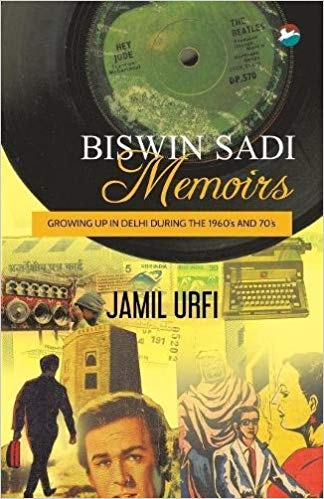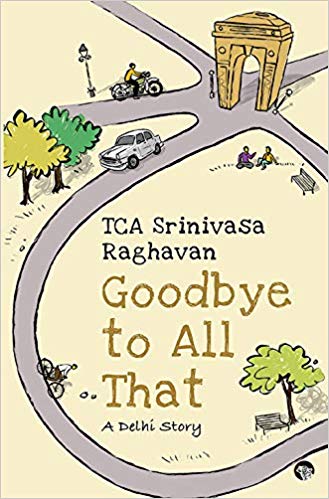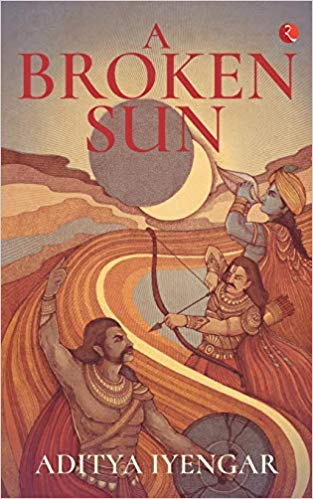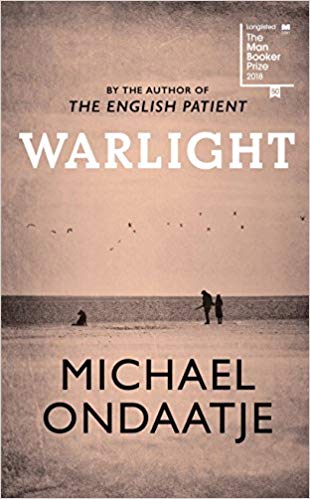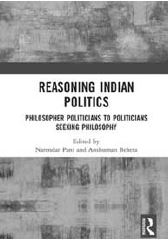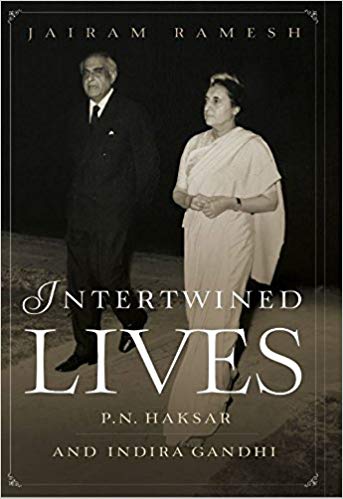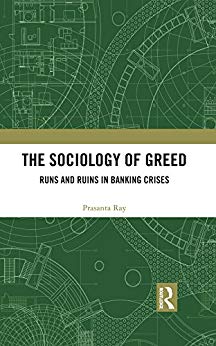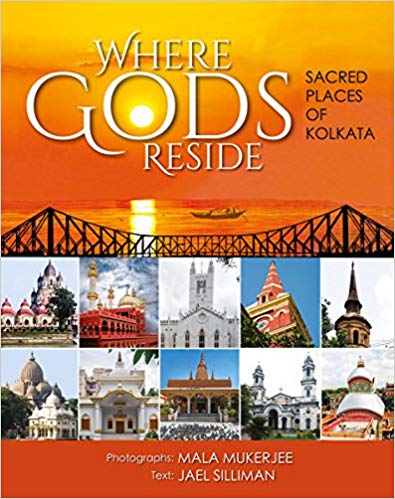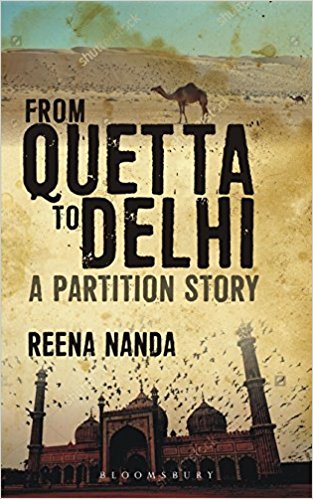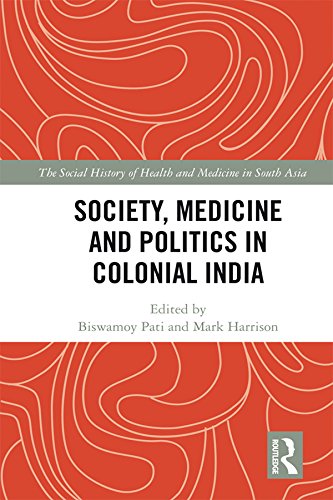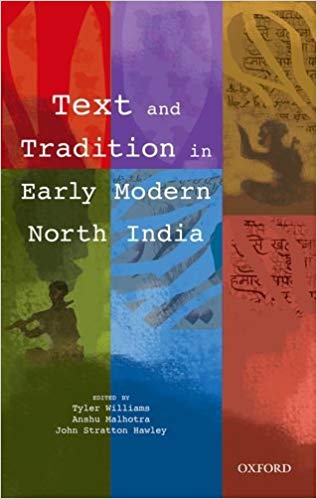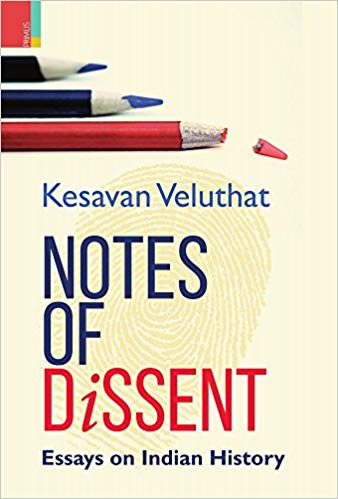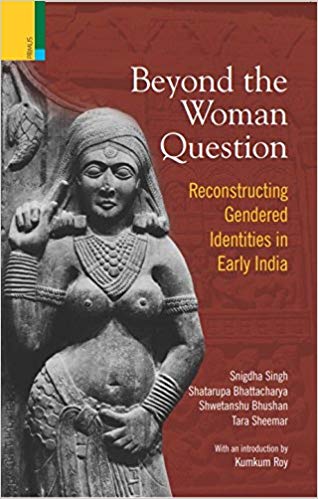Morphogenesis is a New Delhi based mid-size architectural practice established in the late 1990s. The book under review presents a collage of their work and ethos over the years. It has a foreword by Michael Webb, LA based architect.
Archives
December 2018 . VOLUME 42, NUMBER 12The title of this book may lead readers to expect a collection of short stories based around the life and work of Adi Shankaracharya, the great saint and mystic of yore. However, two of the three novellas in this collection are unconnected with the Shankaracharya. One story is set in medieval Europe.
2018
Feminist writing takes many forms, and of course the critic has to be able to classify a memoir of love and longing and loss carefully. The very bases of poet Indu Mallah’s writing is an obituary, elegantly written so that the conventional rendering of distress is transformed into a poetic idiom.
Jamil Urfi’s book of memoirs Biswin Sadi is a feast for all those who were coming of age in the 60s and 70s. Even though it is based in North India, anyone anywhere belonging to that generation is sure to exult and relive memories of Binaca Geet Mala, Chitrahaar, Bhoole Bisre Geet and the aggravating Krishi Darshan.
The principal plot of Goodbye to All That: A Delhi Story is not complicated. The young hero, a bachelor, member of the editorial staff of the Delhi branch of a large British publishing firm, has to find three bestselling authors, all of whom must be renowned economists, and get them to write books for the firm, or lose his job.
2018
This novel is the second of a trilogy on the Kurukshetra War, we are told, and covers the thirteenth to the fifteenth nights of the war. Reading this novel one cannot but admire the courage of the author in stripping the Mahabharata of what he calls ‘the myth part of the story’ and ‘the supernatural weapons or happenings’…
Chroniclers of the diasporic Indian experience are many: celebrated names such as Salman Rushdie, Jhumpa Lahiri, Meena Alexander and Chitra Banerji Divakaruni spring immediately to mind. Despite this crowded field, the fact that Indian Australian writer Roanna Gonsalves’s debut collection of short stories…
I must confess to never having read Chudamani earlier. Coming to political maturity in an age when Tamil Brahminness was considered dangerous, there seemed to be no need to read her, someone I had thought was the quintessential Brahmin writer. This is why this small book bowled me over.
No writer has delved deeper into the innermost recesses of the human mind than Dostoevsky. The result is an array of memorable characters: Dmitri, Ivan, Alyosha and Smerdyakov in The Brothers Karamazov, Prince Myshkin in The Idiot, Rashkolnikov in Crime and Punishment and so many more.
The Saga of Satisar, a translation by Ranjana Kaul of Katha Satisar written by the well-known Hindi novelist Chandrakanta, is epic in scope and proportion. The narrative straddles three generations of several sprawling interrelated and interconnected Hindu and Muslim families of Kashmir.
Publishing generally, and Indian publishing, in particular has fascinated me ever since I worked in a publishing company as an editor in the latter half of the 1970s. The fascination rose from its unique nature: it is the only industry that is characterized by what economists call perfect competition, meaning anyone can enter the industry…
Bibhutibhushan is my favourite Bengali author and his epic narrative of life as it was lived by the banks of the Ichhamati river in the latter half of the nineteenth century, in what is now Bangladesh, one of my best loved novels. I can open it at any page and start reading only to put it down at the end. I have done so innumerable times.
2018
Sometimes a slow-paced book is as unputdownable as a fast-paced thriller—Ondaatje’s Warlight is one such magical novel. It draws you into the narrative, makes you identify with the situation, nudges you (if you need the nudging) to discover the other selves and lives of characters along with the narrator/central character…
In sociological terms, India can never get rid of its class and caste configurations. This anthology of select articles evolved from the literary debates that raged in the pages of the Forward Press magazine that began its journey in 2012 , and argued for clubbing all marginalized literature under the broader rubric of ‘Bahujan Literature’.
A well thought out compilation of essays in this edited book paves the way for reasoning with politics, thoughts and theories that engross the scholars of politics invariably. It persuades us to think beyond the simplistic register of lamentation or celebration.
Indian democracy is in a state of transition. One approach to examining this ‘democratic transformation’, as the book under review calls it, is by studying the shifts within the legislature, since it is the legislature that mirrors the changes in the larger polity.
Dissent has had a long and hoary history within India and outside. By definition, dissenters struggle against those in power and raise their voices in protest, while rallying others to do the same, thereby inspiring still others in eras yet to unfold.
In his new book, Jairam Ramesh transports us to a time of remarkable consequence for India today. While the author inserts a caveat that the book must be read as a biography of a committed and profoundly sagacious bureaucrat, the running commentary on the times that produced this man can hardly be ignored.
This is a very timely book. At one level, it offers discussions on banking related failures in Bengal Province during the 1940s and 1950s. A serious spate of bank failures had been experienced in the province in this period. It is oft stated that these failures left thousands of ordinary people, all of whom were politically invisible and mute, in financial ruin.
The city of Kolkata—and earlier Calcutta—has been the subject of a few visually rich books. Some readers may remember Desmond Doig’s amazing line drawings and tongue-in-cheek notes in Calcutta: An Artist’s Impression (1968), a rage when it came out, published by The Statesman for whom he worked.
Delhi has exuded an aura of mysticism and merriment since ancient days. With time it grew to be the nucleus of some mammoth structures of power. As it became the hub of multifarious cultural strains its magic grew. Mirza Sangin Beg’s Sair-ul Manazil in tandem with its translation by Shama Mitra Chenoy makes that invisible emanation visible.
This work of Catherine Asher is a remarkable contribution to the understanding of India’s heritage and India’s history. She studies Delhi’s Qutb Complex in its entirety that includes not only the minaret and the mosque but also the evolution of the village in its vicinity, now popularly known as Mehrauli.
While there have been many accounts of the beginning of print in the Indian subcontinent, the enigmatic figure of James Augustus Hicky, the editor of India’s first newspaper, has eluded sustained scholarly attention. The popular perception of Hicky has been that of an irascible Irishman who repeatedly tilted with the redoubtable Warren Hastings and got thrown into jail for his pains.
In 1947 during the Partition related violence, unlike men, female migrants who crossed the Radcliffe line braved multiple dangers like rape, killing and abduction by men from the ‘other’ community. They had a burden to protect the ‘honour’ of their family by remaining ‘chaste’ and free from any allegation of such ‘violation’.
I suspect that that is a myth of modernity and some mythical ideas of science in the first place. This is instead a tribute to a friend, a valued colleague, a progressive individual and an outspoken one.
Victoria Schofield’s book is a riveting account of the life of one of the greatest 20th century British Generals. Born into an aristocratic lineage in 1883 with a history of military service, Wavell was perhaps destined for military service. Notwithstanding his lineage the days of automatic entry and distinction had passed by the time Wavell was ready for military service.
The volume under review is the latest addition in a series of publications that followed in the wake of Sheldon Pollock’s ambitious millennium-by-millennium paradigm for the study of literary cultures in the pre-modern South Asia.
The volume under review is an anthology of essays which moves away from the ways in which several themes and issues in Indian history, especially south Indian history, have usually been approached and viewed. Refreshingly, south India has continuously been located within an all-India perspective, and the interactions and change through time have been succinctly presented.
It is intriguing that often when referring to the past, there is a certainty with which assertions are sometimes made—the more distant the past, the more assertive the claims (particularly so in recent times in the context of Ancient India). In reality, one can only be tentative and hesitant about ancient constructs…




